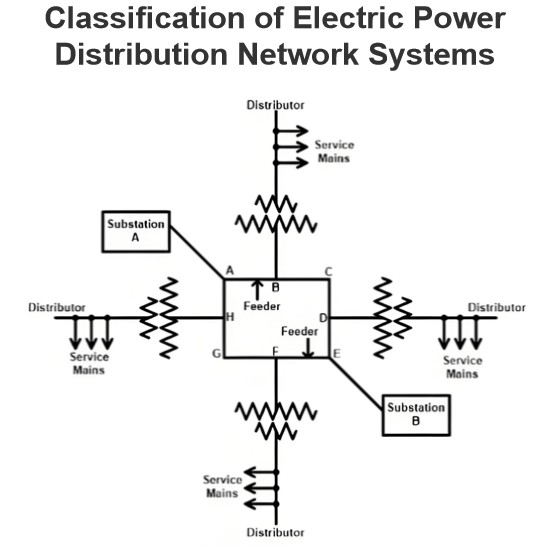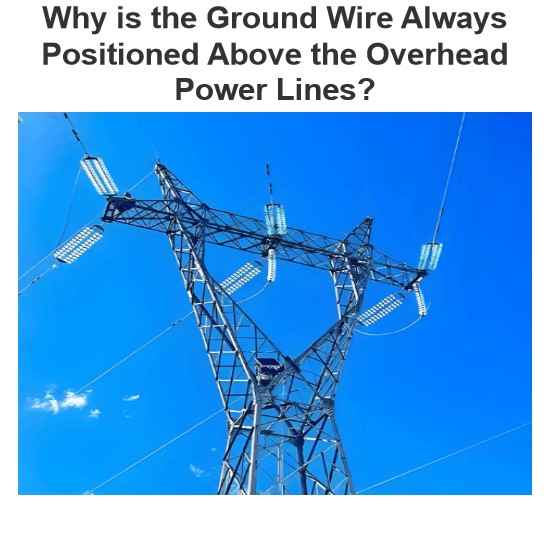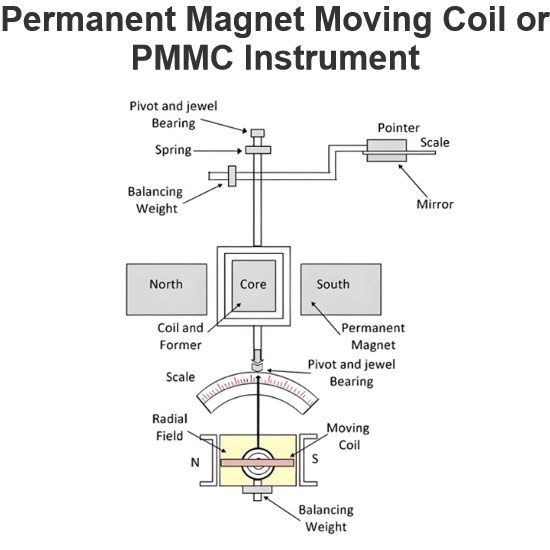Tariff of Electricity in India

Tariff refers to the amount of money the consumer has to pay for making the power available to them at their homes. Tariff system takes into account various factors to calculate the total cost of the electricity.
Before understanding tariff of electricity system in detail, a slight overview of the entire power system structure and hierarchy in India would be very fruitful. The electrical power system mainly consists of generation, transmission and distribution. For generation of electrical power we have many PSUs and private owned Generating Stations (GS). The electrical transmission system is mainly carried out by central government body PGCIL (Power Grid Corporation of India Limited).
To facilitate this process, We divide India into five regions: Northern, Southern, Eastern, Western and Northeastern region. Further within every state, we have an SLDC (State Load Dispatch Center). The distribution system is carried out by many distribution companies (DISCOMS) and SEBs (State Electricity Board).
Types: There are two tariff systems, one for the consumer which they pay to the DISCOMS and the other one is for the DISCOMS which they pay to the generating stations.
Let us first discuss the tariff of electricity for the consumer i.e the cost consumer pay to the DISCOMS. The total cost levied on the consumer is divided into three parts usually referred as 3 part tariff system.
Here, a = fixed cost independent of the maximum demand and energy consumed. This cost takes into account the cost of land, labor, interest on capital cost, depreciation, etc.
b = constant which when multiplied by maximum KW demand gives the semi-fixed cost. This takes into account the size of power plant as maximum demand determines the size of power plant.
c = a constant which when multiplied by actual energy consumed KW-h gives the running cost which8m takes into account the cost of fuel consumed in producing power.
Thus the total amount paid by the consumer depends on its maximum demand, actual energy consumed plus some constant sum of money.
Now electrical energy is expressed regarding unit, and 1 unit = 1 kW-hr (1 KW of power consumed for one hr).
IMPORTANT: All these costs are calculated on active power consumed. It is mandatory for the consumer to maintain a power factor of 0.8 or above otherwise penalty is levied on them depending on the deviation.
Let us now discuss the tariff system existent in India for the DISCOMS. CERC (Central Electricity Regulatory Commission) regulates this. This tariff system is called availability based tariff (ABT).
As its name suggests, it is a tariff system which depends on the availability of power. It is a frequency based tariff mechanism which tends to make the power system more stable and reliable.
This tariff mechanism also has of 3 parts:
The fixed charge is same as that discussed above. The capacity charge is for making the power available to them and depends on the capacity of the plant, and the third one is UI. To understand the UI charges let us see the mechanism.
Mechanism of ABT
The generating stations commit a day ahead of the scheduled power which they can provide to the regional load dispatch center (RLDC).
The RLDC conveys this information to various SLDC which in turn collects the information from various state DISCOMS about the load demand from various types of consumers.
The SLDC sends load demand to RLDC, and now RLDC allocates the power accordingly to the various states.
If everything goes well, power demand is equal to power supplied and the system is stable and frequency is 50 Hz. But practically this rarely happens. One or more state overdraws or one or more GS under supplies and these lead to deviation in frequency and system stability. If demand is more than supply frequency that dips from the normal and vice verse.
UI charges are incentives provided or penalties imposed on the generating stations. If the frequency is less than 50 Hz, implies demand is more than supply, then the GS which supplies more power to the system than committed is given incentives. On the other hand, if the frequency is above 50 Hz, implying supply is more than demand, incentives are provided to GS for backing up the generating power. Hence it tries to maintain the system stable.
Time of Day: Usually during day period the demand for power is very high, and the supply remains the same. Consumers are discouraged to use excess energy by making the cost high. Contrary to that during night time, demand is less compared to supply, and hence consumers are encouraged to consume power by providing it at a cheaper rate. All these are done to make/keep the power system stable.
Statement: Respect the original, good articles worth sharing, if there is infringement please contact delete.
Electrical4U is dedicated to the teaching and sharing of all things related to electrical and electronics engineering.















